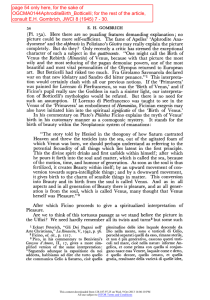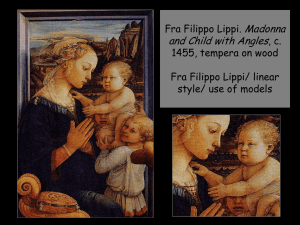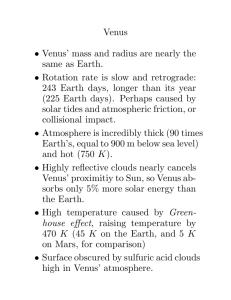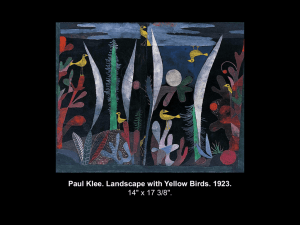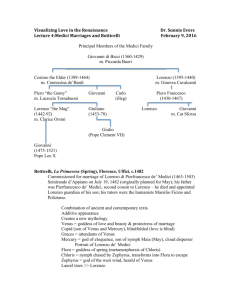VENUS
advertisement
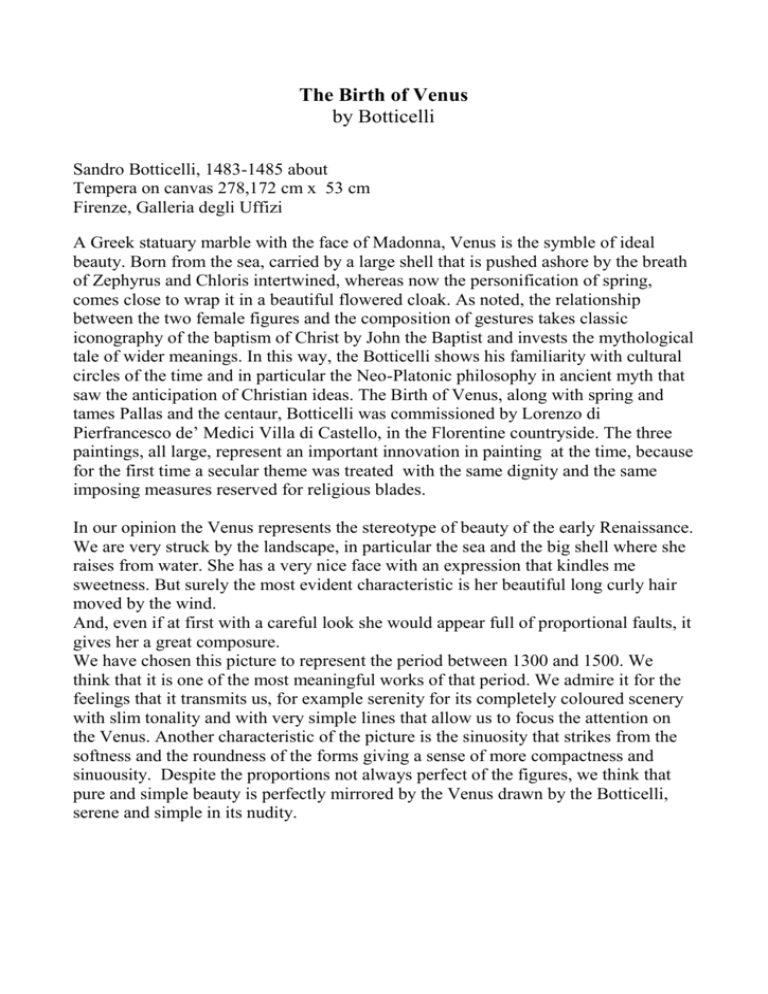
The Birth of Venus by Botticelli Sandro Botticelli, 1483-1485 about Tempera on canvas 278,172 cm x 53 cm Firenze, Galleria degli Uffizi A Greek statuary marble with the face of Madonna, Venus is the symble of ideal beauty. Born from the sea, carried by a large shell that is pushed ashore by the breath of Zephyrus and Chloris intertwined, whereas now the personification of spring, comes close to wrap it in a beautiful flowered cloak. As noted, the relationship between the two female figures and the composition of gestures takes classic iconography of the baptism of Christ by John the Baptist and invests the mythological tale of wider meanings. In this way, the Botticelli shows his familiarity with cultural circles of the time and in particular the Neo-Platonic philosophy in ancient myth that saw the anticipation of Christian ideas. The Birth of Venus, along with spring and tames Pallas and the centaur, Botticelli was commissioned by Lorenzo di Pierfrancesco de’ Medici Villa di Castello, in the Florentine countryside. The three paintings, all large, represent an important innovation in painting at the time, because for the first time a secular theme was treated with the same dignity and the same imposing measures reserved for religious blades. In our opinion the Venus represents the stereotype of beauty of the early Renaissance. We are very struck by the landscape, in particular the sea and the big shell where she raises from water. She has a very nice face with an expression that kindles me sweetness. But surely the most evident characteristic is her beautiful long curly hair moved by the wind. And, even if at first with a careful look she would appear full of proportional faults, it gives her a great composure. We have chosen this picture to represent the period between 1300 and 1500. We think that it is one of the most meaningful works of that period. We admire it for the feelings that it transmits us, for example serenity for its completely coloured scenery with slim tonality and with very simple lines that allow us to focus the attention on the Venus. Another characteristic of the picture is the sinuosity that strikes from the softness and the roundness of the forms giving a sense of more compactness and sinuousity. Despite the proportions not always perfect of the figures, we think that pure and simple beauty is perfectly mirrored by the Venus drawn by the Botticelli, serene and simple in its nudity.
